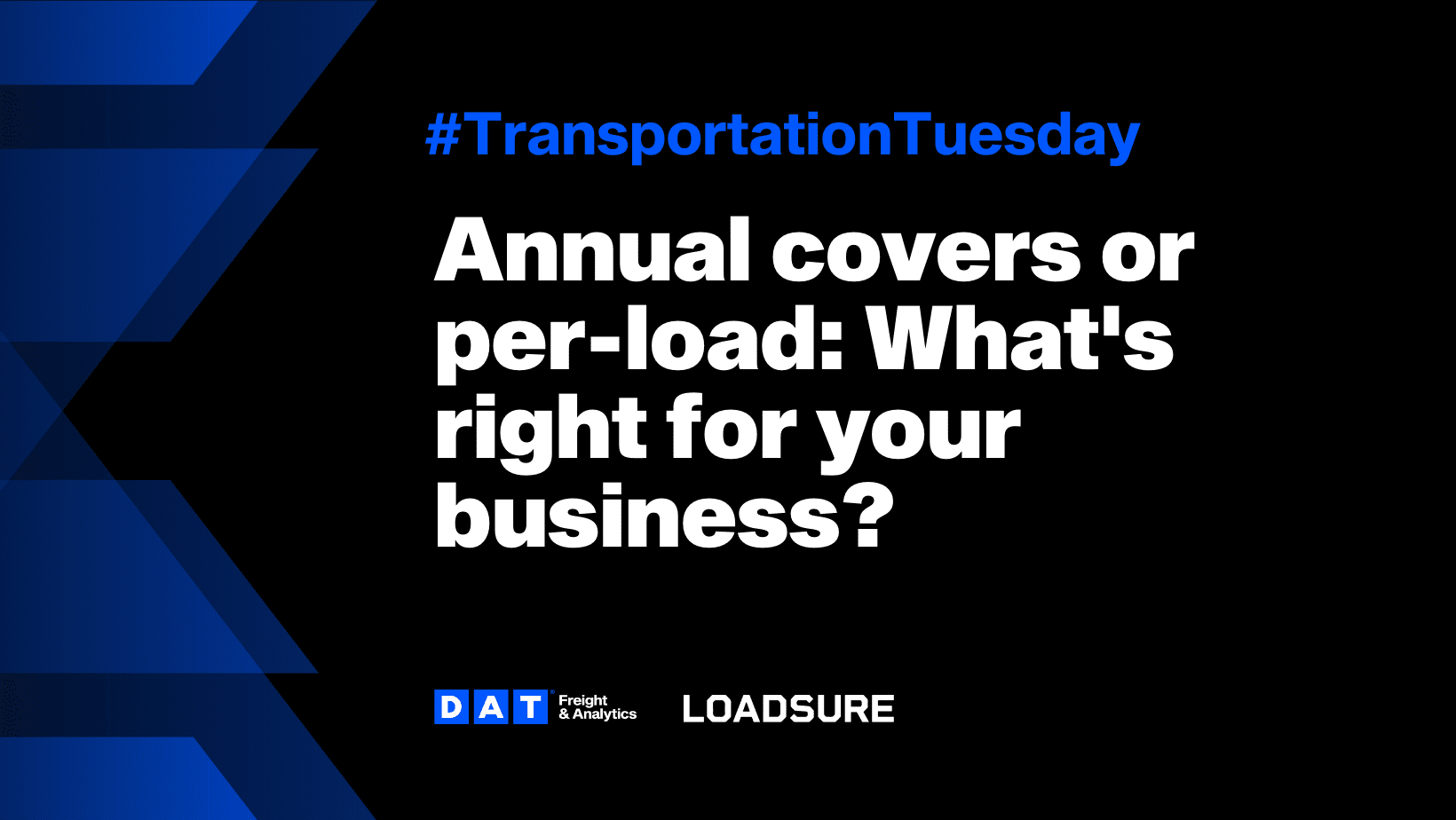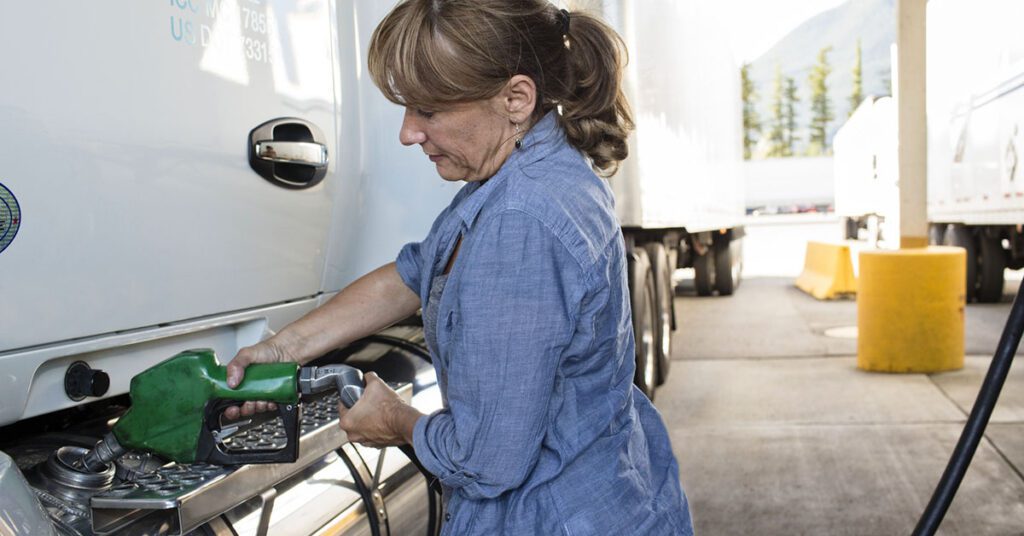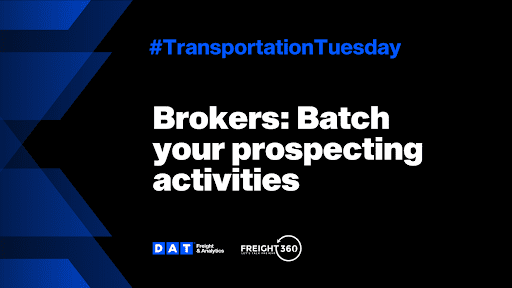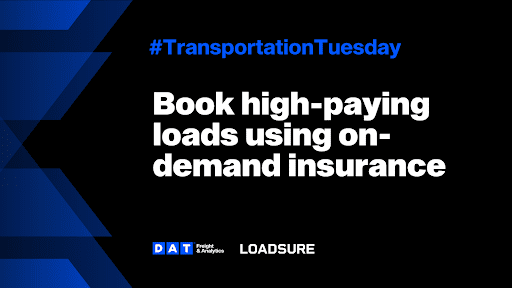In our Transportation Tuesday series, we’re partnering with industry leaders to share tips on how you can improve your business success and growth. This week’s tip is brought to you by Loadsure.
Cargo insurance has been around for more than 300 years. And not much has changed in the way insurance was written all that time — until now.
Today, AI and automation are powering an underwriting evolution to help you quickly and cost-effectively address risk exposure.

Underwriting annual cargo covers the old-fashioned way
To arrive at your annual premium through traditional processes, underwriters analyze their historical books of business and apply average rates — rates they believe will be sustainable for the next 12 months.
But, as you know, a shipment of TVs moving out of L.A. during a bomb cyclone carries far more risk than a load of house paint moving across rural Wisconsin on a pleasant summer afternoon. What’s more, freight volumes ebb and flow over the year.
While annual cargo covers can be a simple, one-and-done way to address your risk exposure, you may very well be paying for risk exposure you don’t have — adding unnecessary costs to your balance sheet.
Benefiting from a data-driven approach to per-load coverage
You’re already familiar with traditional spike and gap coverage — they can be painfully slow to acquire and terribly expensive. In fact, you may be priced out of ad hoc coverage altogether.
The good news is AI and automation are changing everything.
How so?
An insurtech platform analyzes massive amounts of historical data, and it also leverages predictive analytics to underwrite coverage at the shipment level — in real-time. Using known historical risk and predicted future risk, insurtech generates premiums that more accurately represent your true risk profile.
At the end of the day, that means you pay for only what you need — and without adding the time and labor costs associated with traditional coverage.
What does this mean for freight brokers like you?
Insurance costs eat into your profit margins.
But, armed with smart cargo coverage — the ability to add cost-effective, all-risk, per-load coverage on the fly — you can reduce your annual cover and purchase additional coverage only when you need it. This will reduce your annualized insurance costs.
Have a tip to share or want some advice?
If you want to share your own insight and be featured in our next Transportation Tuesday Tip or if you want us to dive deeper into a challenge you’re facing, email us at tips@dat.com.
About Loadsure’s first-dollar cargo coverage
Powered by AI and automation, Loadsure makes it easy to protect the customers you care about from cargo theft — even when it’s an inside job.
With Loadsure, you can:
- Get instant cargo insurance quotes
- Get per-load, all-risk coverage in less than 40 seconds
- Submit cargo theft claims in minutes
- Gain real-time transparency into claims status
- Settle claims in days or minutes
- Receive claim payments in minutes with direct deposit
Cement yourself as a freight broker that protects their customers from cargo theft, while also simplifying your work and boosting your profitability.


